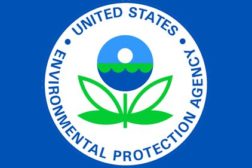Home » Keywords: » tsca
Items Tagged with 'tsca'
ARTICLES
Is U.S. (finally) on the verge of chemical safety reform?
Bipartisan, industry support make 2016 likely for passage of Lautenberg Act
December 8, 2015
TSCA reform moves forward with House hearing
Both sides call for revisions
November 6, 2013
Get regulatory info on chemicals with new EPA web tool
Allows comparisons by use, effects
September 9, 2013
EPA to assess FR chemicals
Focus on chemicals that persist in the environment
March 29, 2013
Become a Leader in Safety Culture
Build your knowledge with ISHN, covering key safety, health and industrial hygiene news, products, and trends.
JOIN TODAYCopyright ©2025. All Rights Reserved BNP Media.
Design, CMS, Hosting & Web Development :: ePublishing





